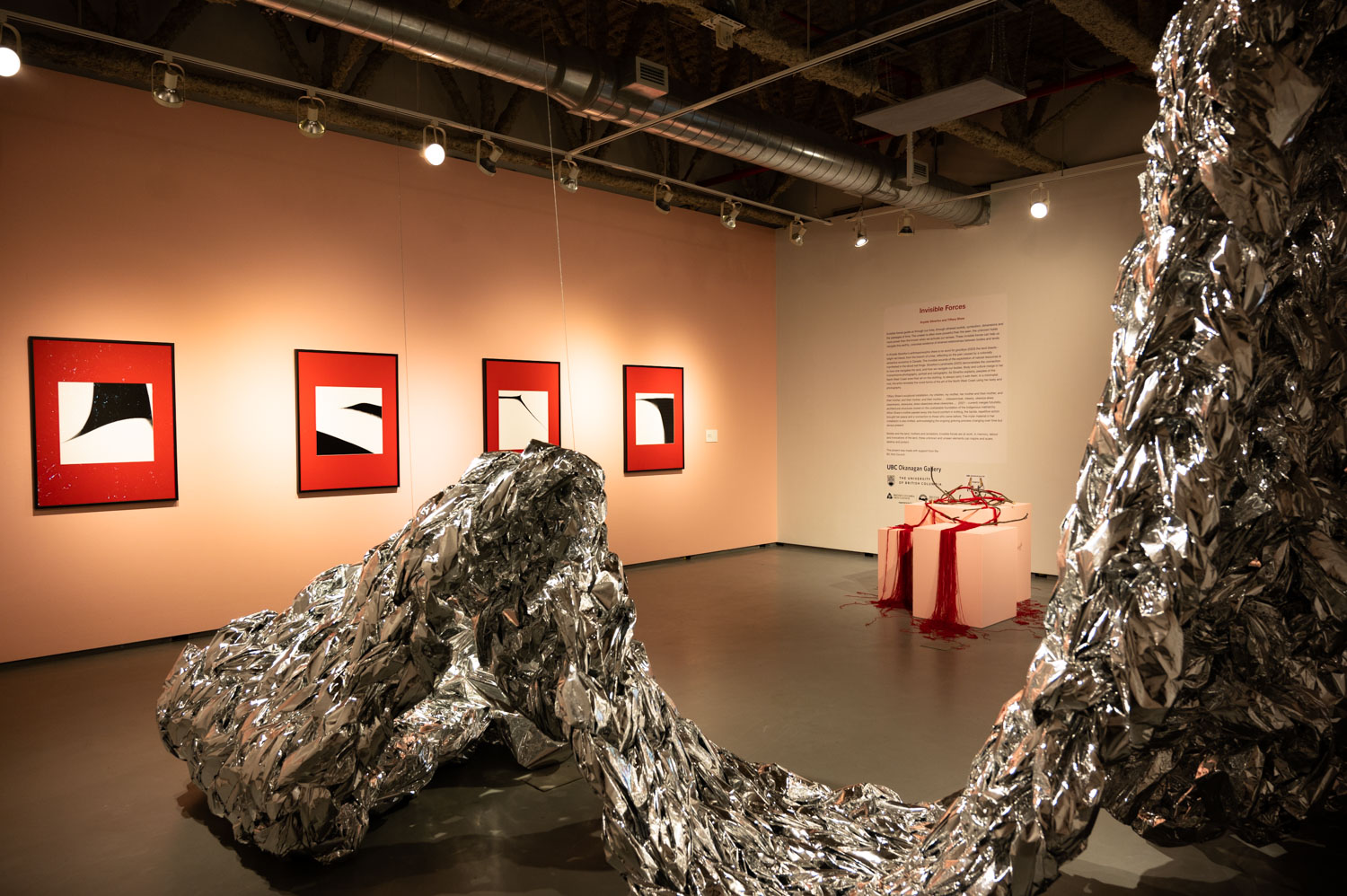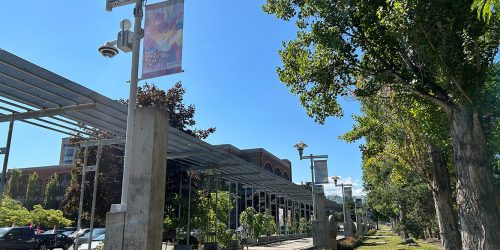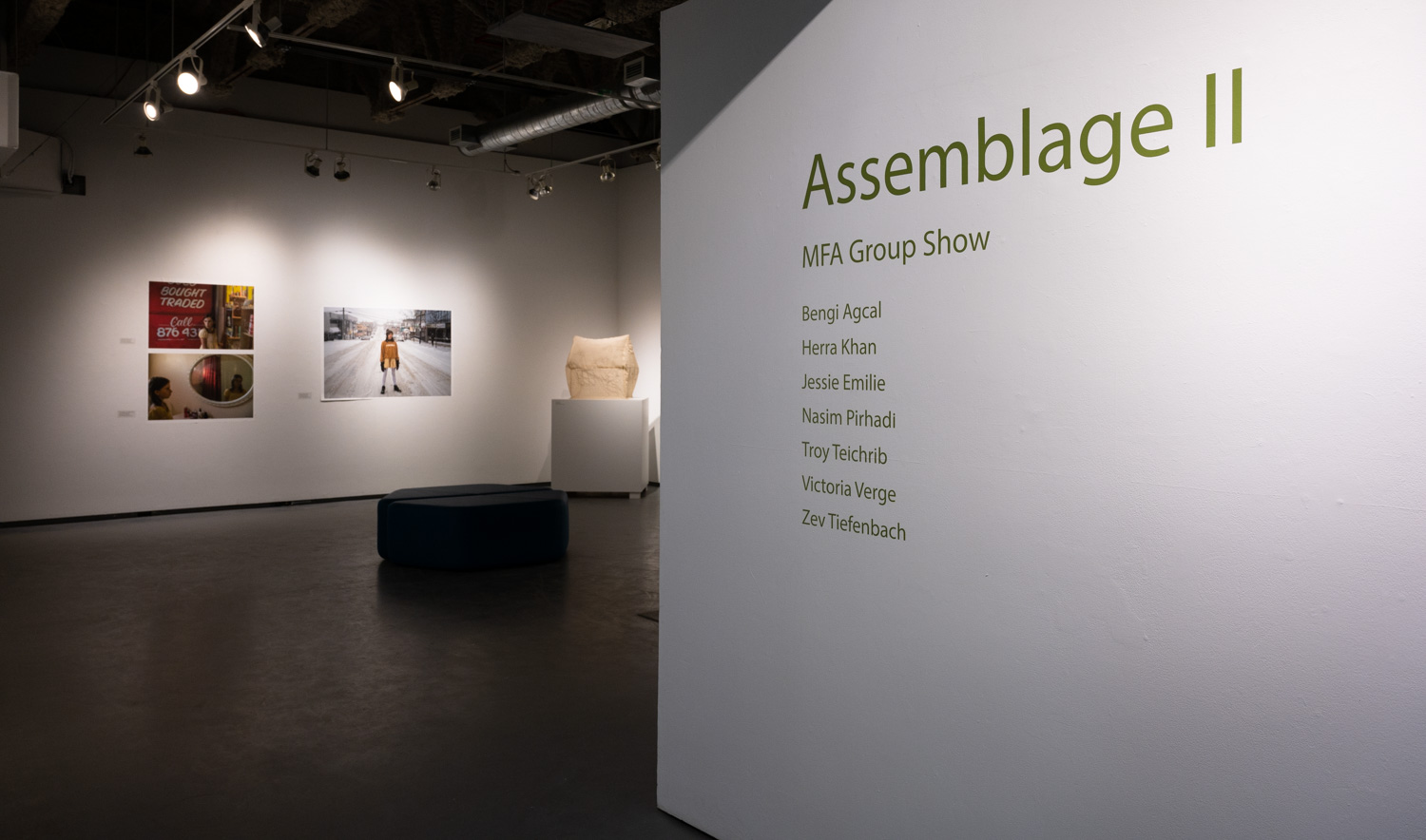Invisible Forces: Tiffany Shaw and Krystle Silverfox
JUNE 7 TO AUGUST 24, 2023, FINA GALLERY Invisible Forces guide us through our lives, through ethereal worlds, symbolism, dimensions and the passages of time. The unseen is often more powerful than the seen, the unknown holds more power than the known when we activate our senses. These Invisible forces can help us navigate this earthly, corporeal existence of strained...

 Follow
Follow







